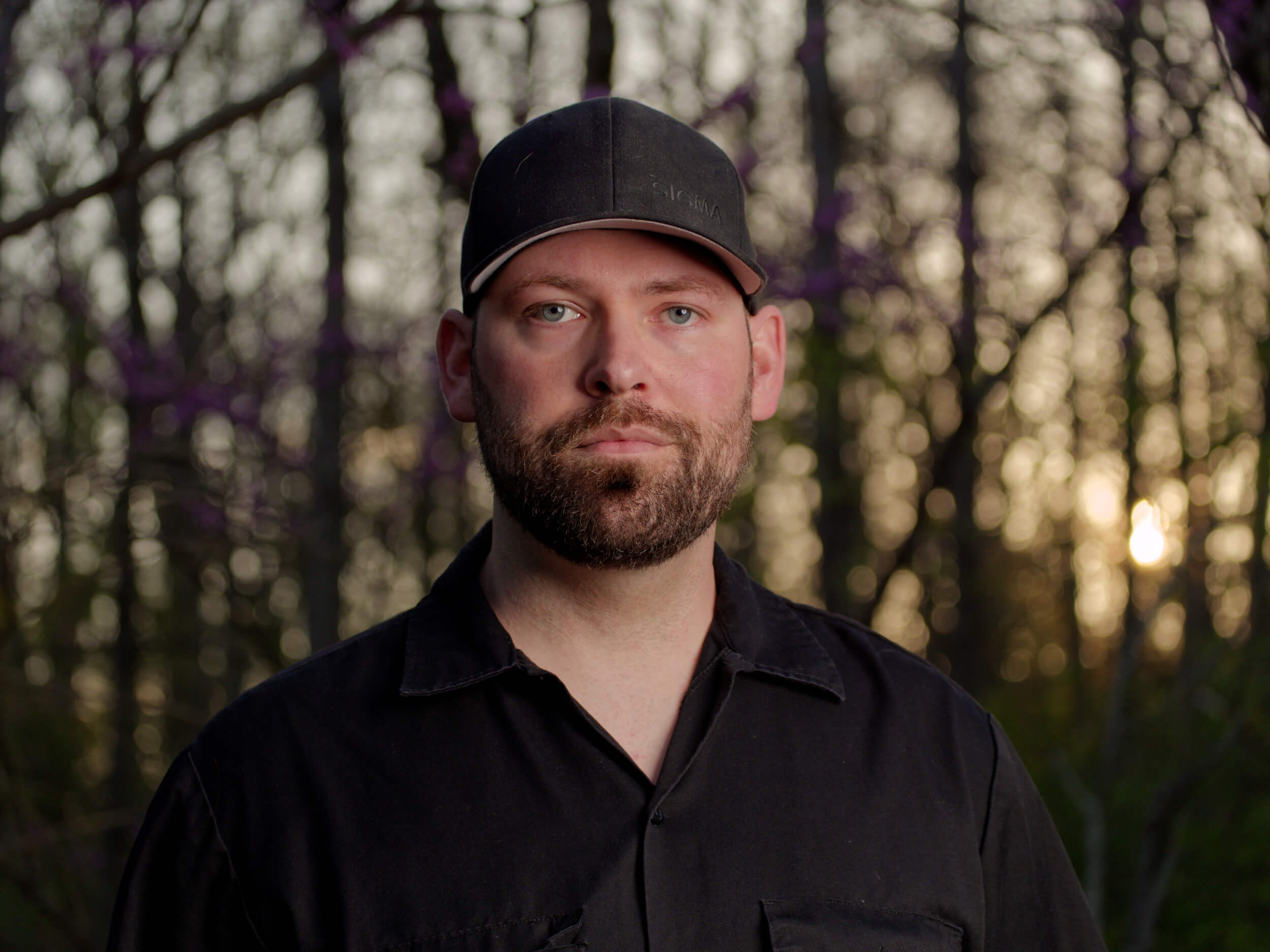With color film demand outweighing supply and prices on the rise, Kodak has brought back an affordable alternative. Kodak Gold 200 in 120 has been revived from the dead!
Kodak has been on a roll these last couple of years. We’ve seen the return of T-Max 3200 as well as Ektachrome 100. Now Gold 200 is available for medium format again. As a film shooter, it is awesome to see new and returned films coming around in 2022. So let’s dive in and see how Kodak Gold 200 looks in medium format.
Pros
- More affordable than Portra, at $44.95 for a 5-pack
- Low grain in medium format
- Great color
- Excellent exposure latitude
- Scans extremely well and dries nice and flat
Cons
- Would be nice if it was even more affordable
- Kodak still seems to be struggling to keep up with demand
Kodak Gold 200 120 — Key features
All of the features are taken from the B&H product page:
- Daylight-Balanced Color Negative Film
- ISO 200/24° in C-41 Process
- Fine Grain and High Sharpness
- Wide Exposure Latitude
- Rich Color Saturation
Kodak Gold 200 — If Portra and Ektar had a baby
If you’re looking for a film that sits somewhere between Portra and Ektar, Kodak Gold 200 might be what you want. It’s a bit more saturated than Portra, but not quite so much as Ektar. It is slightly more grainy than Portra 160 and Ektar 100. However, if you want that obviously shot on film look, Gold 200 might satisfy that desire. Considering this is a “consumer-grade” film, it turns out an impressive performance.
Kodak Gold 200 — Exposure characteristics



I was given two rolls of Kodak Gold 200 in 120 for review. For the first roll, I loaded up my Yashica Mat 124G and took it to Bentonville bike fest. All of the events were pretty early in the day and provided a good test of how the film handles harsh lighting. For the exposed outdoors photos, my metering lined up well with Sunny 16. All of those photos were taken at 1/500s and f/5.6 while the tent-covered photos were done using 1/500s and f/3.5.
As you can tell, Kodak Gold 200 holds up rather well in varied lighting conditions. I was surprised to see how well the highlights and shadows in photos taken under the tent held up. Similarly, the photos out in the open sun also turned out well.
When scanning with an Epson V550 and Silverfast 9, there was plenty of latitude in the negatives. I ended up adding some contrast above the default value most of the time. Color hasn’t been tweaked much past Silverfast’s Negafix profile.
Color


The color from Kodak Gold 200 is excellent. The saturation of the colors is nice and rich, without going overboard. I found the balance to be nice and neutral. It gives a lovely classic, and decidedly “Kodak” look to your photos.
I found it handled skin tones easily. Using Gold 200 for portraits is definitely viable. It also handled vibrant colors like fire truck red nicely. When it comes to natural tones, I wouldn’t hesitate to photograph nature and landscapes with Gold either.
Kodak Gold 200 — Developing and Scanning





Developing and scanning Kodak Gold 200 was a dream. I developed these rolls at home in Cinestill’s Cs41 kit and scanned them on my Epson V550 using Silverfast 9. When developing the film, I was impressed to find that the film wasn’t even overly curly while loading it onto the developing reel.



In addition to that, the film dried nice and flat which made loading up the scanner that much easier. While there are some films that give me issues with getting the color right, Gold 200 wasn’t one of them. I’m happy to say that I had to do very little when scanning these two rolls of film.


















Wonderful, all i wish for now, is that Kodak would offer this in the 220 film format.